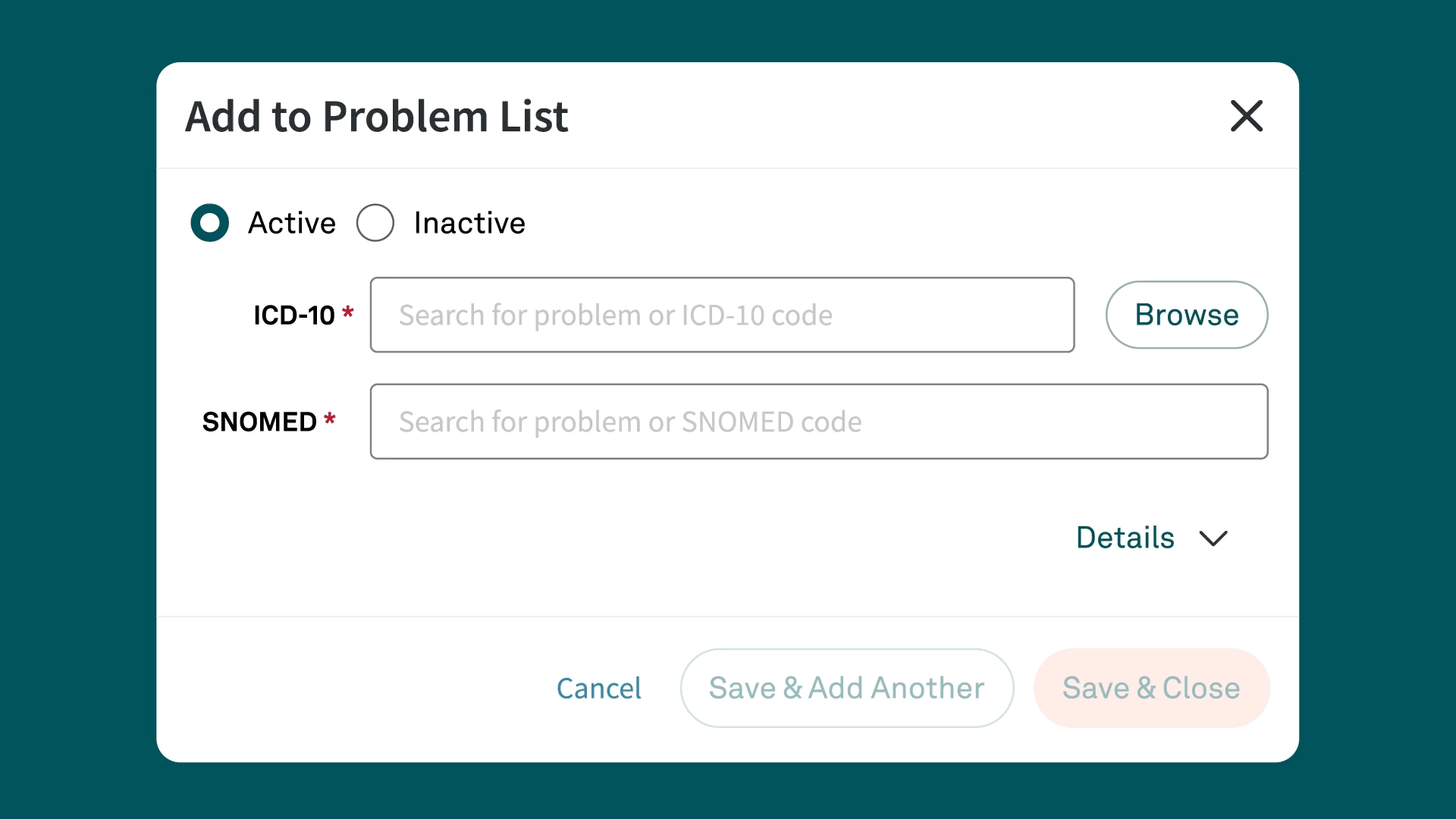ICD-10 Code F20.9
Schizophrenia, unspecified
What is the code F20.9?
ICD-10-CM code F20.9 represents schizophrenia, unspecified. This code is used in medical billing and coding to specify diagnoses for patients who exhibit symptoms of schizophrenia but do not fit neatly into any of the more specific subtypes of the disorder. The code is used by independent medical providers and office managers to ensure accurate documentation and billing for services related to the treatment of schizophrenia.
Detailed description of F20.9
The ICD-10-CM code F20.9 is designated for schizophrenia, unspecified. Schizophrenia is a chronic mental disorder characterized by episodes of psychosis, which include delusions, hallucinations, disorganized thinking, and significant impairments in functioning. The "unspecified" designation is used when the presentation of schizophrenia does not align with specific types such as paranoid, disorganized, catatonic, or undifferentiated schizophrenia. This code allows healthcare providers to document the condition when they cannot make a more precise diagnosis.
Symptoms commonly associated with F20.9
Individuals diagnosed with F20.9 schizophrenia, unspecified, may exhibit a wide range of symptoms. Common symptoms include:
- Delusions: Strongly held false beliefs that are resistant to reason or contrary evidence.
- Hallucinations: Sensory experiences that appear real but are created by the mind, such as hearing voices.
- Disorganized thinking: Incoherent speech or thought processes that can make communication difficult.
- Negative symptoms: Reduced ability to function normally, including lack of emotion, poor social functioning, and neglect of personal hygiene.
- Impaired cognitive function: Difficulties with memory, attention, and executive functions.
Related and similar ICD-10 codes
Several ICD-10 codes are related to or similar to F20.9, including:
- F20.0: Paranoid schizophrenia
- F20.1: Disorganized schizophrenia
- F20.2: Catatonic schizophrenia
- F20.3: Undifferentiated schizophrenia
- F20.5: Residual schizophrenia
- F25.0: Schizoaffective disorder, bipolar type
- F25.1: Schizoaffective disorder, depressive type
These codes provide more specific categorizations of schizophrenia and related disorders, allowing for precise documentation and treatment planning.
Appropriate usage of F20.9 for billing
When using F20.9 for billing purposes, it is important to ensure that the code accurately reflects the patient's diagnosis. Use this code when the patient's symptoms align with schizophrenia but do not fit into any specific subtype. Accurate usage of this code ensures proper reimbursement for services rendered, as well as compliance with healthcare regulations. Providers should document the diagnosis in the patient's medical records to support the use of this unspecified code.
Instructional notes and/or guidelines with F20.9
When documenting and coding for F20.9, healthcare providers should adhere to the following guidelines:
- Ensure that clinical evidence supports the diagnosis of schizophrenia, including documented symptoms and patient history.
- Use F20.9 only when the schizophrenia presentation does not fit into more specific subtypes.
- Avoid using F20.9 if it's possible to assign a more specific code (e.g., F20.0 for paranoid schizophrenia).
Consider the following codes if more specific diagnoses support any one of them:
- F20.0: Paranoid schizophrenia
- F20.1: Disorganized schizophrenia
- F20.2: Catatonic schizophrenia
- F20.3: Undifferentiated schizophrenia
- F20.5: Residual schizophrenia
- F20.81: Schizophreniform disorder
Common pitfalls in coding with F20.9
Common pitfalls in coding with F20.9 include:
- Using the code without sufficient clinical documentation to support the diagnosis.
- Failing to explore and document more specific subtypes of schizophrenia when appropriate.
- Misclassifying other mental health disorders as unspecified schizophrenia leading to inaccurate coding and potential billing issues.
- Overlooking the need for thorough patient evaluation and history-taking to ensure the correct application of the code.
Key resources for F20.9 coding
Healthcare providers and medical coders can refer to several key resources for accurate coding of F20.9, including:
- ICD-10-CM Official Guidelines for Coding and Reporting: These guidelines provide comprehensive instructions on the use of ICD-10 codes.
- American Psychiatric Association (APA) Diagnostic and Statistical Manual of Mental Disorders (DSM-5): The DSM-5 provides guidance on mental disorders.
- American Health Information Management Association (AHIMA): AHIMA provides education, certification, and resources for medical coders.
- Centers for Medicare & Medicaid Services (CMS): CMS offers a wealth of resources and updates on coding practices, including webinars, manuals, and bulletins.
- Professional coding organizations: Organizations such as the American Academy of Professional Coders (AAPC) offer training, certification, and resources for medical coders.
- Professional coding reference books and software: Reference materials can support medical coders and providers.
These resources provide detailed instructions and updates on coding standards and practices.
Conclusion
Use ICD-10-CM code F20.9 to document and bill for cases of schizophrenia that do not fit into specific subtypes. Accurate usage and documentation help ensure proper patient care and compliance with billing regulations. By understanding the detailed description, symptoms, related codes, and guidelines, healthcare providers can effectively use F20.9 to enhance their practice operations.
Simplify ICD-10 code documentation with Tebra
Tebra’s EHR+ gives you quick searches and Systematized Nomenclature of Medicine (SNOMED) field names for efficient code documentation. Plus, Tebra automatically saves ICD-10 to SNOMED mapping for future searches, streamlining your workflow.

Discover how Tebra helps providers effortlessly document health-related issues and conditions in this detailed post.
Similar Codes
Subscribe to The Intake:
A weekly check-up for your independent practice



